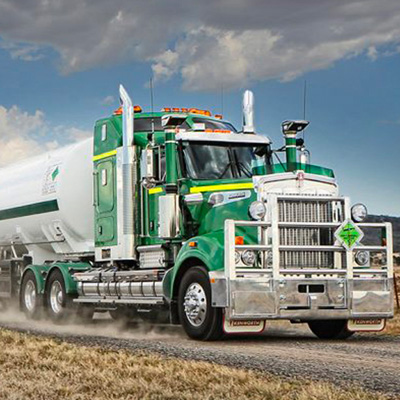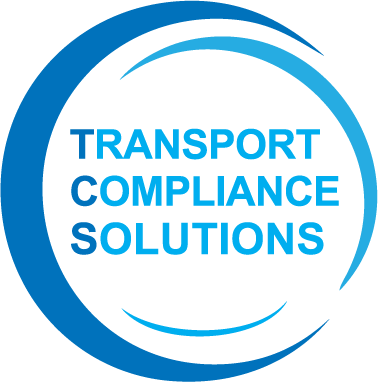 NHVAS
NHVAS
Experience Greater Flexibility
The scheme allows heavy vehicle operators to demonstrate, through audit of their compliance management systems, that their vehicles and drivers comply with regulatory standards. By doing this, operators may gain access to some variation from conventional compliance and enforcement practices.
Accreditation to one or more modules of the scheme is intended to increase transport efficiency by reducing the costs of compliance and allowing Scheme Members greater flexibility in the management of their Transport Business.
The scheme has also been used as a basis for the granting of regulatory concessions to operators who can demonstrate compliance with road transport legislation and to allow higher mass limits (HML) to be introduced in a responsible way.



BENEFITS
Maintenance Management
- Increased efficiency
- Increased flexibility
- Reduce vehicle downtime
- Improve maintenance practices
- Manage maintenance costs
Mass Management
- Increased payload
- Increased productivity
- Up to 3t extra on a semi trailer
- Up to 5.5t extra on a b-doucle
- Maximum payload for PBS vehicles
Fatigue Management
- Increased work flexibility
- Increased productivity
- Up to 14 work hours per day
- Up to 6 hours continuous work
- Up to 144 work hours per 14 days
Contact us today to discuss how we can support your transportation business.
Transport compliance refers to adhering to the laws, regulations, and standards set by Australian authorities in the transportation industry. It ensures that vehicles, drivers, and operations meet safety, environmental, and legal requirements.
In Australia, transport compliance is regulated by various bodies depending on the mode of transportation. For road transport, the National Heavy Vehicle Regulator (NHVR) and state/territory road agencies are responsible. For aviation, the Civil Aviation Safety Authority (CASA) oversees compliance, and for maritime transport, the Australian Maritime Safety Authority (AMSA) is the regulatory authority. |
The NHVR is responsible for regulating heavy vehicles over 4.5 tonnes gross vehicle mass (GVM) in participating states and territories. They enforce laws related to vehicle standards, driver fatigue, mass and dimension limits, and more. |
Transport compliance covers a range of aspects including vehicle safety standards, driver licensing and qualifications, roadworthiness inspections, load restraint requirements, hours of service regulations, dangerous goods transportation, and more |



